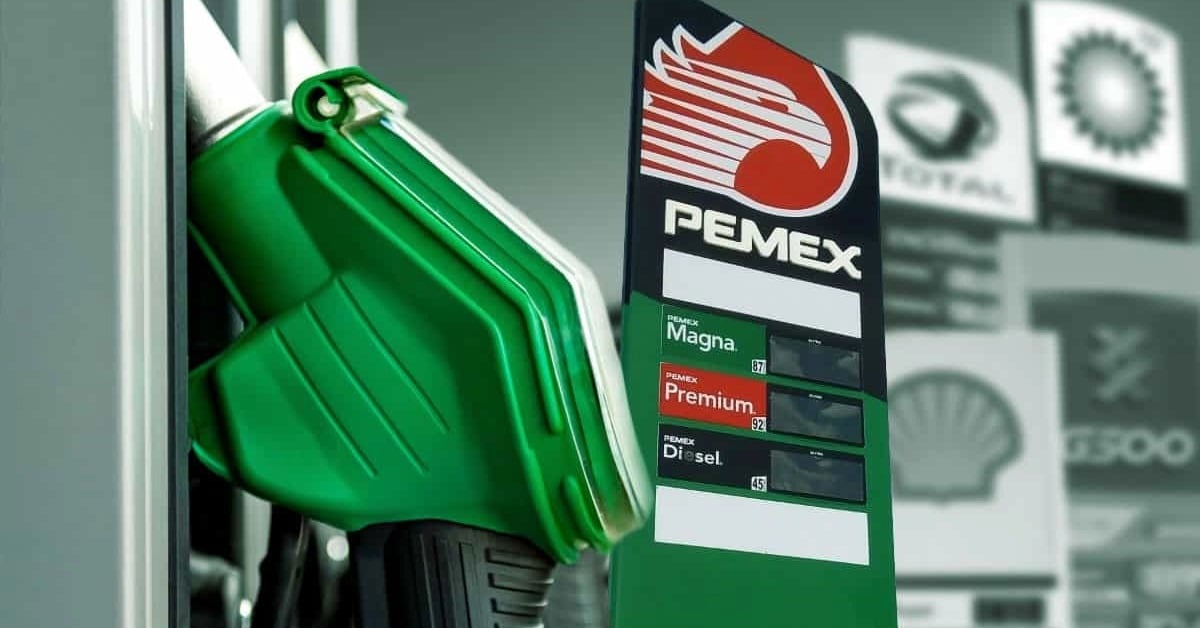In its Q2 2025 financial report, Pemex surprised markets with a 59.5 billion peso profit, raising hopes for its recovery despite lingering challenges . . .


In its Q2 2025 financial report, Pemex surprised markets with a 59.5 billion peso profit, raising hopes for its recovery despite lingering challenges . . .
